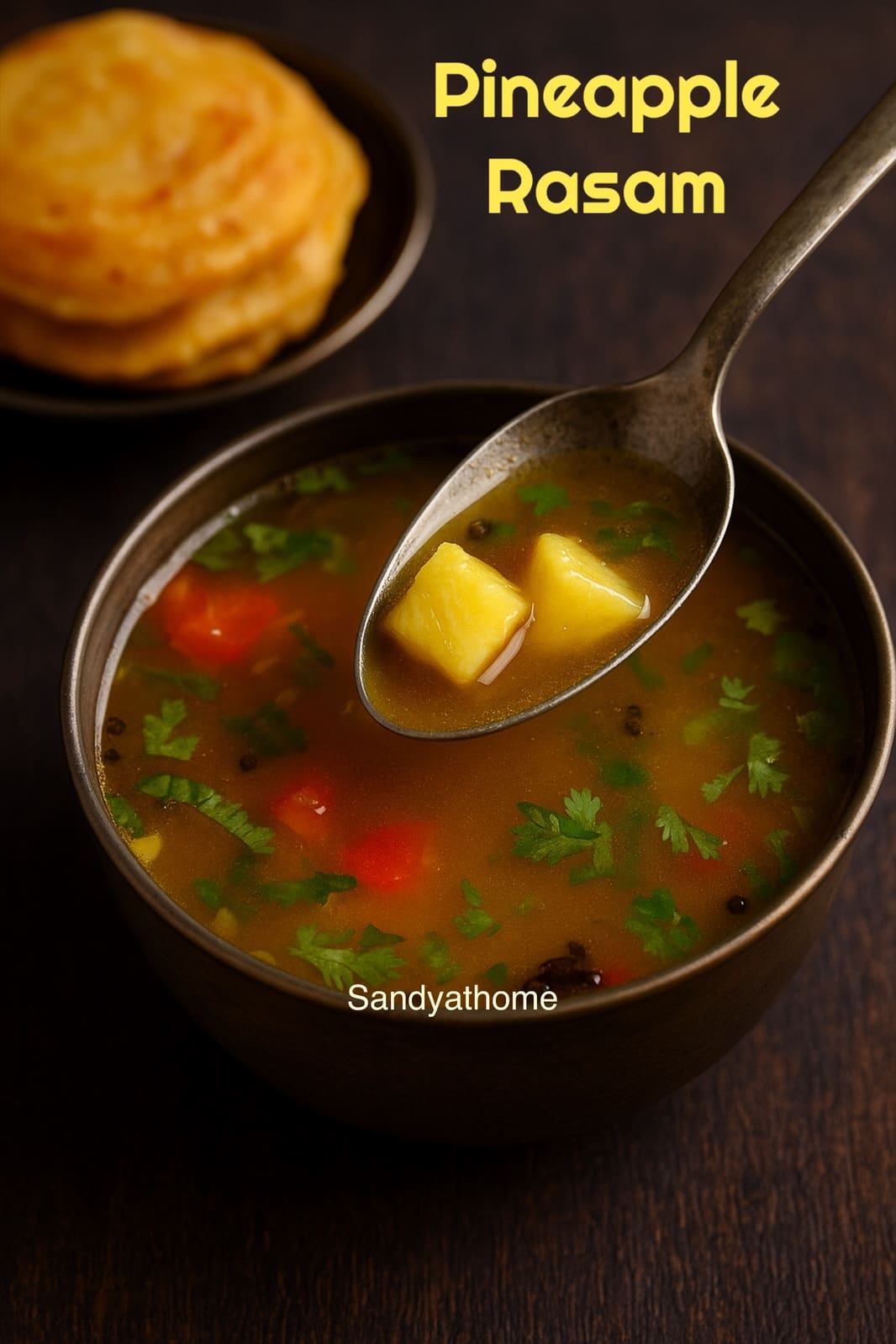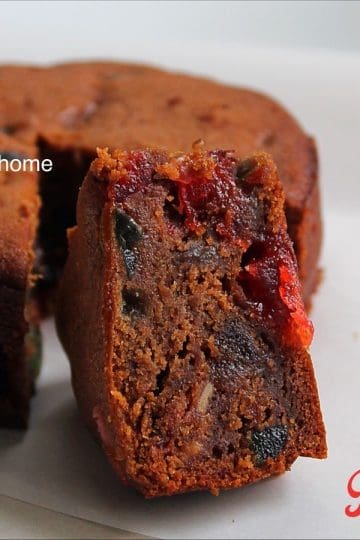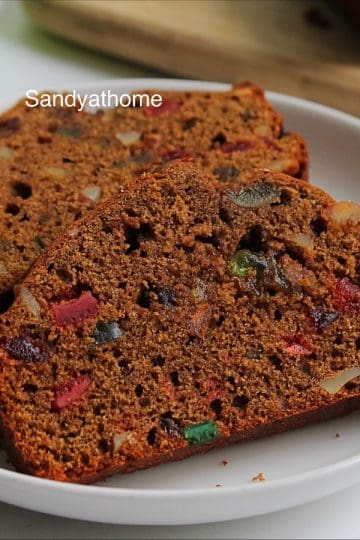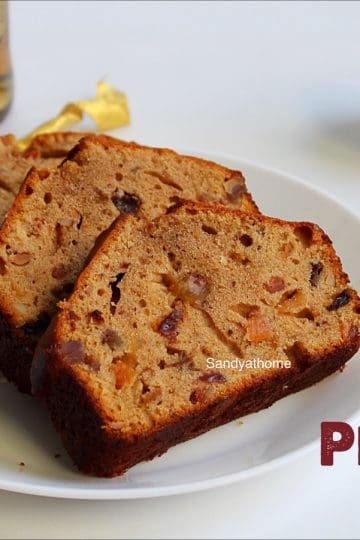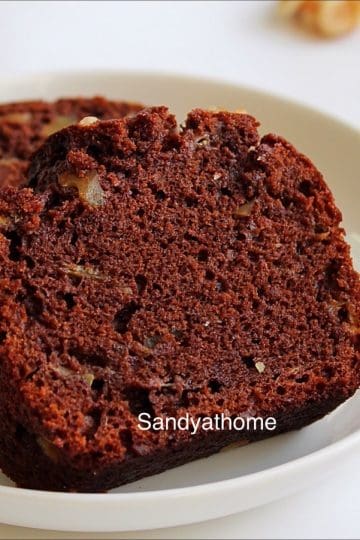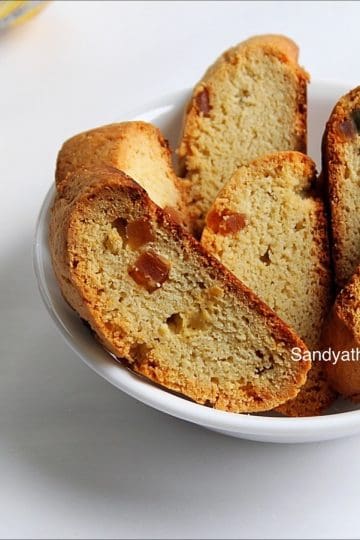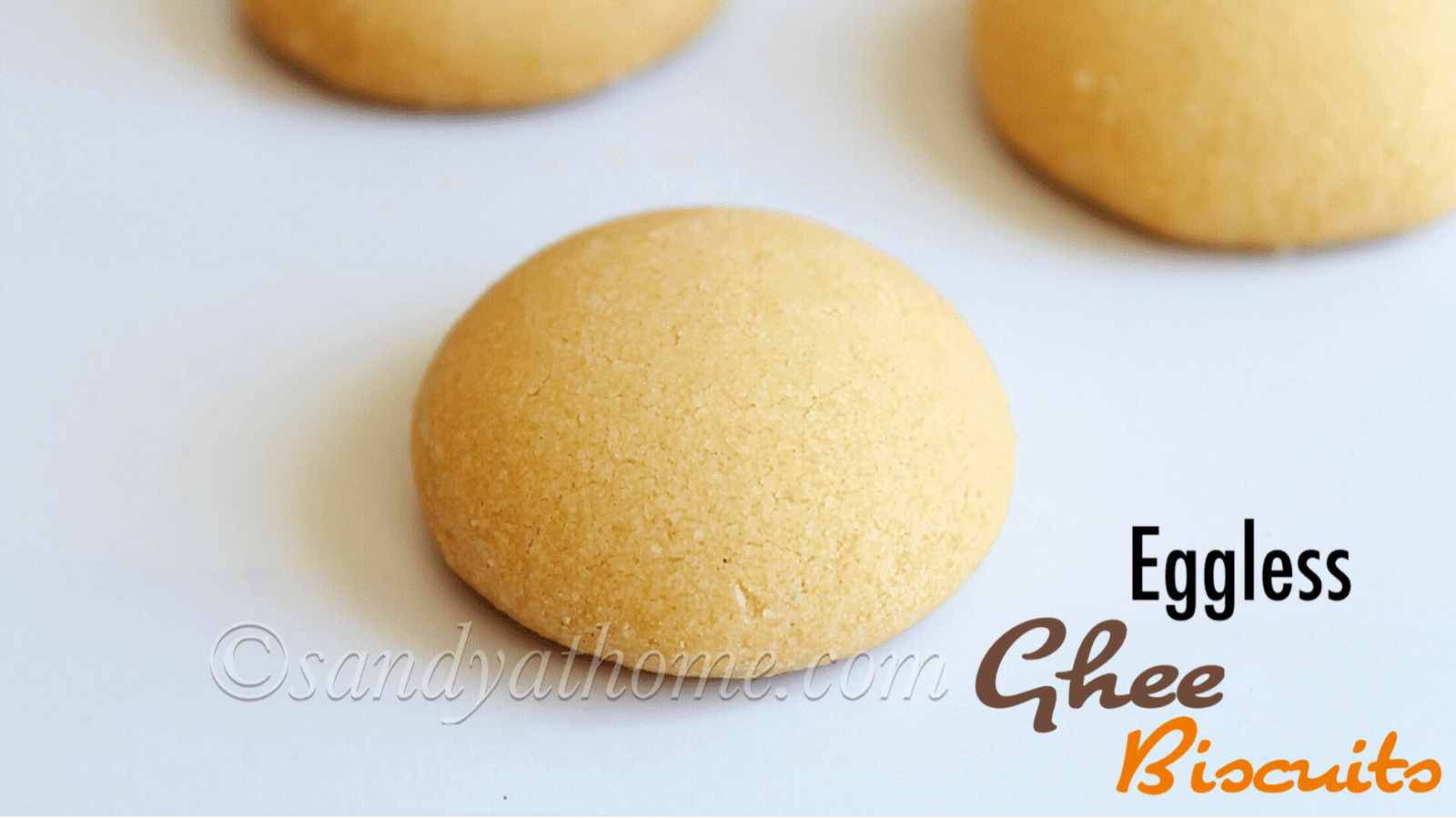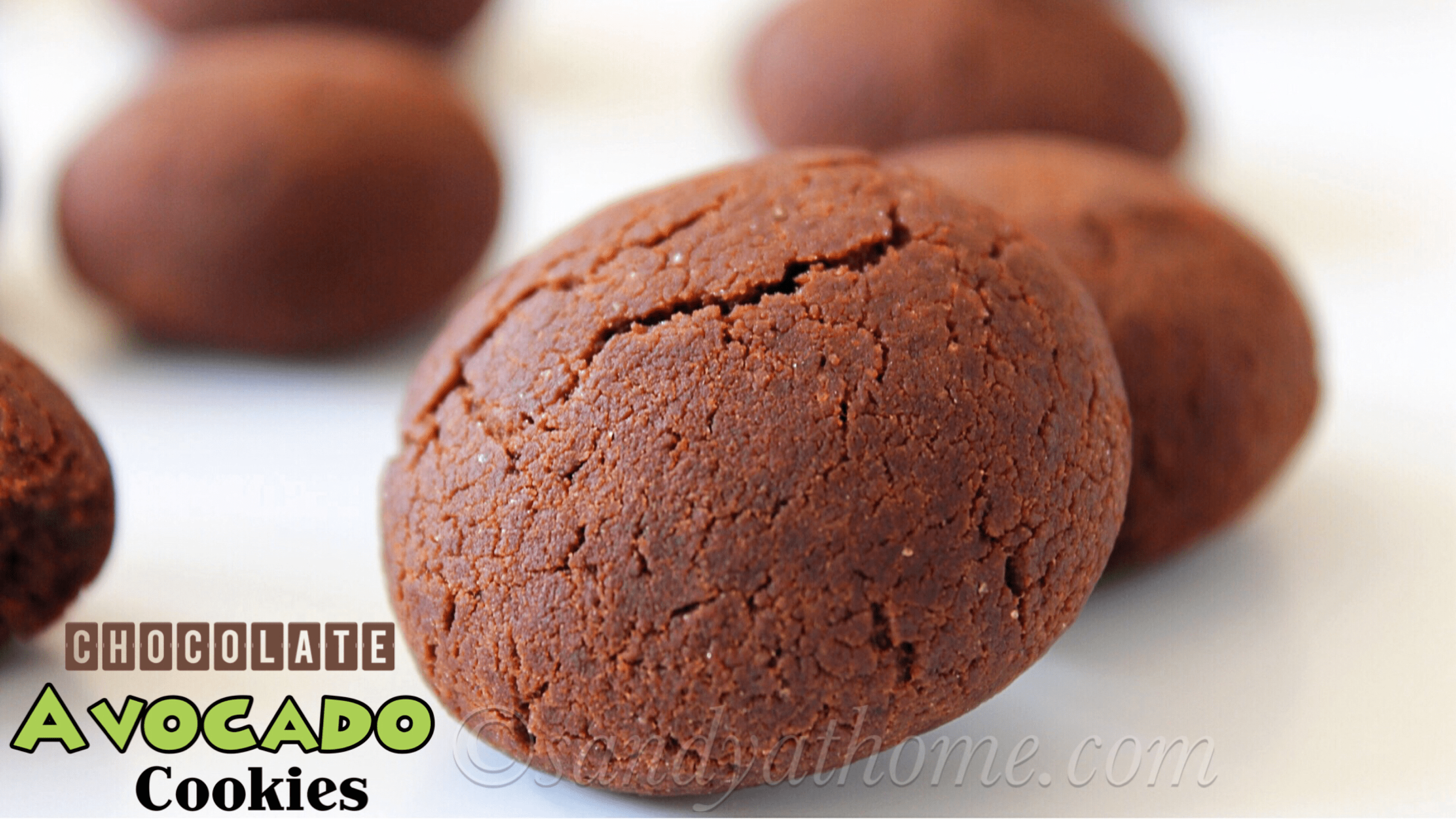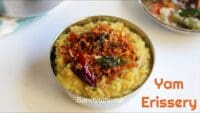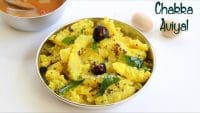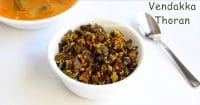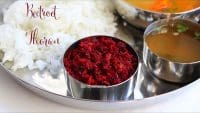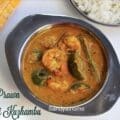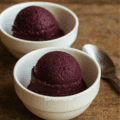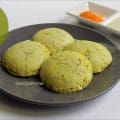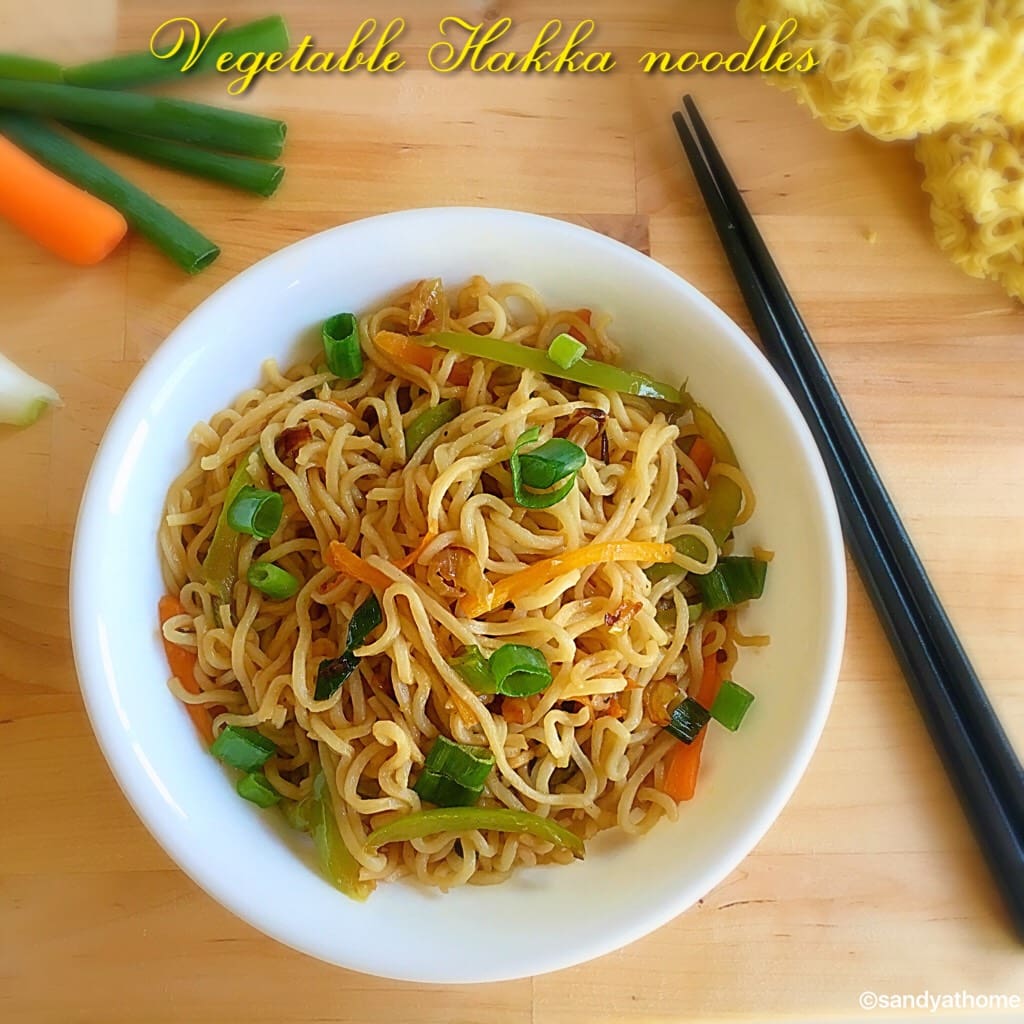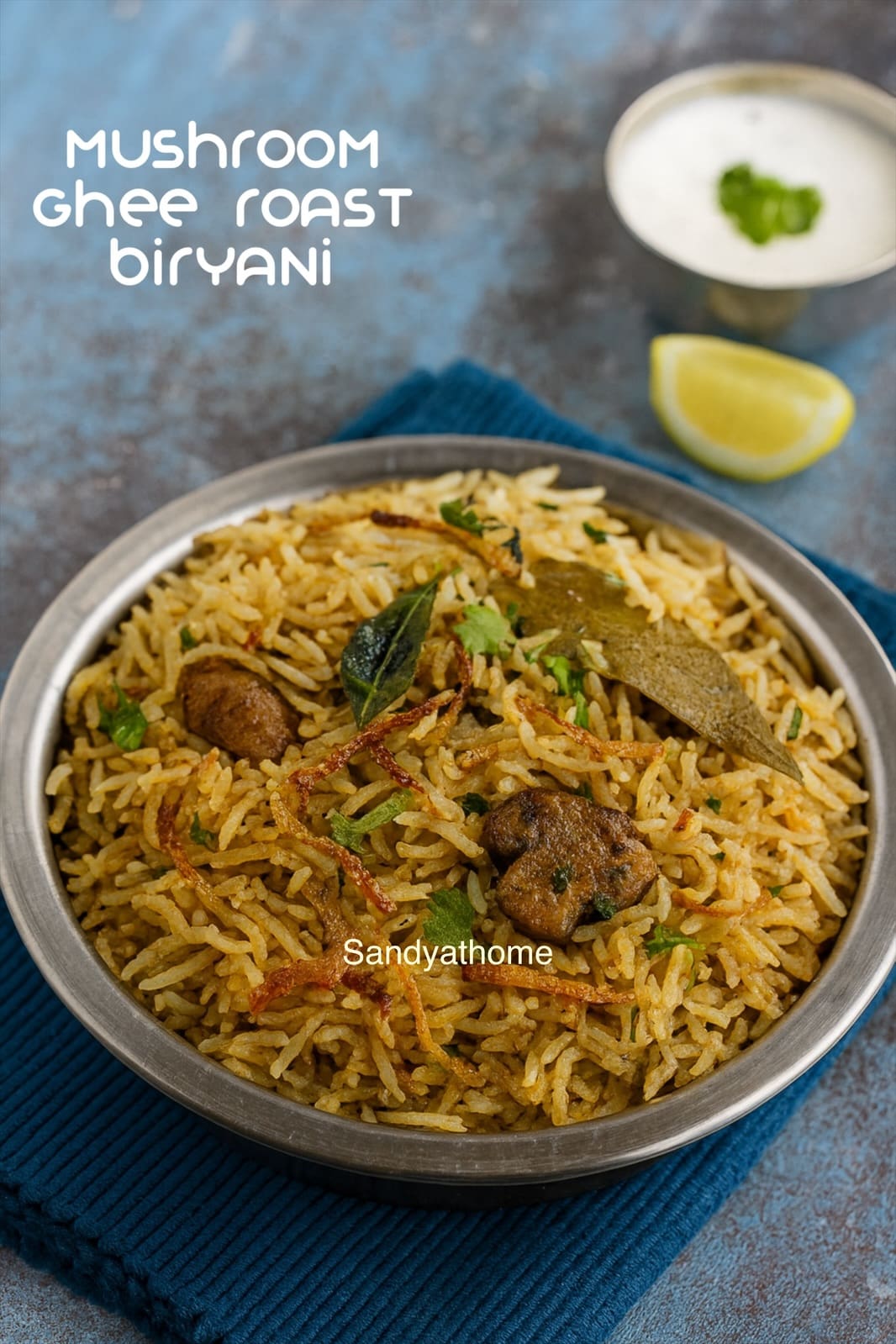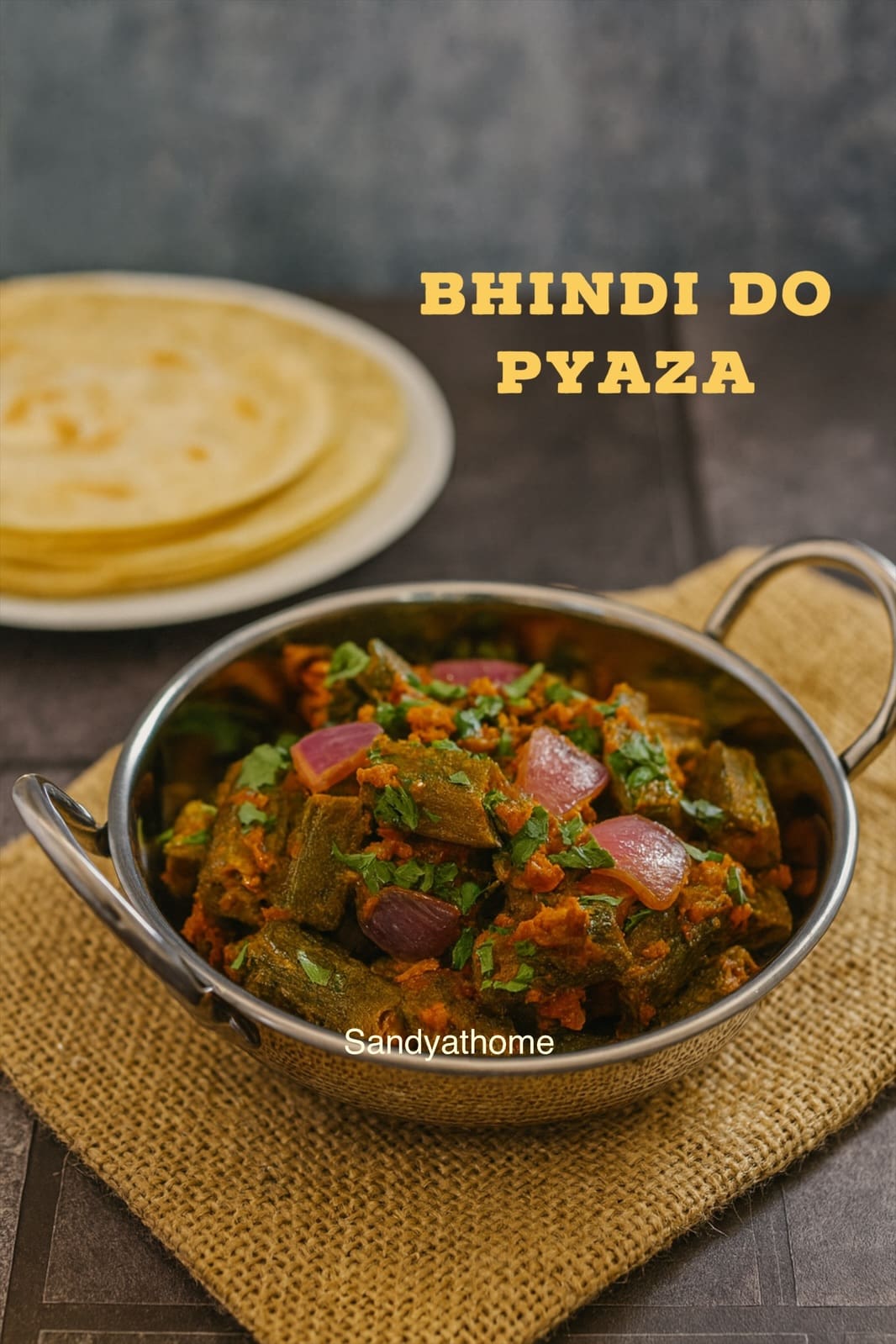Sweet, tangy, and lightly spiced, this Pineapple rasam/ charu/soup has a refreshing broth-like texture that’s both comforting and lively on the palate. In our home, rasam is never just one thing. While many kitchens hold on to the familiar tamarind or tomato version, my mom often surprises us with rasam made from fruits — each season bringing its own flavor to the table. One day it’s the sweet–tang of pineapple, another day the sharp freshness of narthangai, or the rustic depth of guava. These rasams aren’t experiments; they are quiet revivals of traditions where every fruit was respected for its natural taste, healing quality, and its ability to comfort.
Growing up, I never realized how unique this was — rasam shifting moods with the fruits on hand. Today, I see it as my mom’s way of carrying forward an old wisdom: that food can be playful, seasonal, and still soul-soothing. And so, I’ve gathered these fruit rasams into a little series — to celebrate the tang, the sweetness, the spice, and the memory each bowl carries.
Bite of History – Pineapple Rasam
Rasam has always been more than a humble soup — it is one of the oldest recorded South Indian dishes, with roots reaching back to Sangam literature. Early texts describe it as charu or saaru, a thin broth seasoned with pepper, cumin, and tamarind to kindle appetite and aid digestion. But over time, as trade routes flourished and orchards grew, fruits too found their way into the rasam pot.
In Tamil homes, narthangai rasam was valued as a medicinal tonic during the monsoon. In Telugu kitchens, mamidikaya charu (raw mango rasam) signaled the arrival of summer. Pineapple, a later entrant brought through coastal trade, was folded into rasam for its sweet–sour balance. Even Ayurvedic practice supported these variations, as fruits carried not just flavor but healing rasas — sour for digestion, sweet for nourishment, bitter for cleansing.
What began as a simple pepper–tamarind broth thus blossomed into countless regional versions, where every season and every fruit could tell its own story through a bowl of rasam.
Jump to RecipeIngredient Roles in Pineapple Rasam
| Ingredient | Role in Rasam |
|---|---|
| Pineapple | Adds natural sweetness, tang, and body; balances the spice of rasam powder. |
| Tamarind | Brings depth and sourness, the traditional backbone of rasam. |
| Tomato | Enhances umami and adds mild acidity to round out the flavors. |
| Cooked Toor Dal | Gives thickness and a comforting, homely touch. |
| Rasam Powder | The flavor engine – pepper for heat, cumin for digestion, coriander for aroma. |
| Green Chili | Provides sharp spice to cut through the fruit’s sweetness. |
| Curry Leaves | Adds fragrance and unmistakable South Indian character. |
| Coriander Leaves | Brings freshness and a finishing herbal note. |
| Ghee | Medium for tempering; enriches the aroma and flavor of rasam. |
| Mustard Seeds & Cumin | Crucial for tempering – they pop and infuse the rasam with earthy tones. |
| Red Chili & Hing | Adds smokiness and digestive balance to the broth. |
| Salt | Unites all tastes – fruit, spice, and sourness. |
You May Also Like these Recipes:
Directions to make Pineapple charu with step by step images
- Soak tamarind
Soak tamarind in warm water, extract juice.
- Prepare pineapple puree
Blend pineapple chunks into a smooth puree. Keep aside some small pieces for garnish.
- Cook the Rasam
In a saucepan, bring together tamarind water, chopped tomatoes, curry leaves, turmeric, green chili, and salt; once the raw smell subsides, stir in rasam powder, add pineapple puree with cooked toor dal (if using), drop in a few pineapple chunks for texture, and let it come to a gentle boil without overcooking to preserve the fruity aroma.
- Tempering
Heat ghee in a small pan. Splutter mustard, cumin, red chili, and hing.
Pour this tempering over the rasam and garnish with coriander.
Pro Tips for Perfect Fruit Rasam/ Soup
- Balance sweet and sour: If the fruit is very sweet (like pineapple or ripe guava), reduce tamarind slightly so the rasam doesn’t turn cloying.
- Don’t overboil: Add fruit puree or juice after the tamarind base has cooked. Gentle simmering preserves aroma and freshness.
- Use fresh rasam powder: Homemade rasam podi with pepper and cumin keeps flavors sharp; stale powder dulls the rasam.
- Add fruit chunks for texture: Keep a few small pieces aside to drop in at the end — they give bursts of flavor.
- Temper in ghee, not oil: A teaspoon of ghee elevates rasam’s fragrance and makes it feel traditional.
Serving Suggestions for Pineapple Charu/ Soup
- Serve hot over steamed rice with papad or vegetable poriyal for a classic Tamil meal.
- Pair pineapple or mango rasam with coconut-based curries (like aviyal or poricha kuzhambu) — the sweet–sour balance works beautifully.
- For festive meals, fruit rasam often follows heavy gravies to aid digestion.
FAQs – Pineapple Charu
Yes! Use only pineapple puree and tomato for tanginess. This variation is lighter and works well if you want a no-tamarind rasam recipe.
You can grind fresh pepper, cumin, and a little coriander instead. This gives a rustic flavor and is close to traditional Iyengar-style rasam without rasam powder.
Seasonal fruits like pineapple, raw mango, narthangai (citron), guava, and even pomegranate work well. Each creates a unique fruit rasam recipe from South India.
Absolutely. Many families enjoy rasam as a hot drink. Pineapple or guava rasam especially works as a South Indian fruit soup for digestion.
Rasam tastes best fresh. But you can refrigerate it in glass containers for a day. Reheat gently without boiling to preserve the flavor of the fruit — ideal if you’re looking for make-ahead rasam recipes.
Poriyal/ Fry Recipes
Yam Erissery, How to make Chena Erissery
A traditional Kerala curry made with yam, cowpeas/toor dal, and coconut, finished with golden roasted coconut tempering – a soulful Onam Sadya favorite.
Cabbage Thoran, How to make Cabbage Stir Fry
This Kerala-style cabbage stir fry, known as thoran, is cooked with fresh coconut, curry leaves, and mustard seeds. A simple yet authentic side dish, it shines both in everyday meals and as part of a festive Onam sadya.
Golden Beets Poriyal, How to Golden make Beetroot Poriyal
This golden beetroot poriyal is a no-fuss South Indian stir-fry made Amma style — no tempering, just golden beets, peas, and gentle spices.
Salmon Fish Fry, Cheppala Fry, How to make Meen Varuval
Inspired by traditional South Indian fish fry, this version uses salmon, tamarind, and crushed garlic. Spicy, crispy, and ready without long marination.
Avarakkai poriyal without coconut, Broad beans poriyal
Avarakkai poriyal/ Broad beans poriyal is a simple, healthy and delicious recipe that can be prepared in very less time. Avarakkai stir fry demands very few ingredients in its making…
Air fryer potato roast recipe, Air fryer roasted potatoes
Air fryer potato roast/ Roasted potatoes is a crispy, spicy and delicious South Indian style roast prepared in just 10 minutes by Air frying spice masala coated potato cubes to perfection….
Fish puttu recipe, Fish bhurji, Claypot recipes
Fish puttu/ Fish bhurji/ Scrambled fish is a simple yet delicious South Indian style side dish prepared by adding scrambled fish in spicy and flavorful garlic onion mixture. Traditionally fish…
Kale poriyal recipe, Kale stir fry, Iron kadai cooking
Kale poriyal/ Kale stir fry is prepared with the curly green leafy vegetable called kale- nutritional powerhouse, contains antioxidants, vitamin C, K, fiber, Iron and much more. Don’t want to…
Chakka aviyal recipe, Jackfruit aviyal
Chakka aviyal/ Jackfruit aviyal is a simple, quick and delicious coconut based dish popular in Kerala. Unlike the regular aviyal this recipe includes no curd/ yogurt or mixed veggies but…
Brinjal fry in iron kadai, Vankaya vepudu recipe
Iron kadai Brinjal fry/ Vankaya vepudu is a spicy, flavorful and very quick to make stir fry that can be prepared with handful ingredients in no time and served along…
Tawa meen roast thalappakatti, Tawa fish fry
Tawa fish roast/ Tawa meen roast is a flavorful and lip smacking fish roast where spiced batter coated fish fillet is again coated with breadcrumbs and roasted to perfection on…
Nethili fish fry recipe, Nethili fry
Nethili fish fry/ Anchovies fry is a yummy deep fried starter/ appetizer/ snack that can be easily prepared with handful ingredients. This nethili fry starter is something people would love…
Chicken tawa fry recipe, Tawa chicken fry
Chicken tawa fry/ Chicken tawa roast as the name suggests it is a simple yet delicious chicken fry recipe prepared by roasting/ frying marinated pieces of chicken in tawa to…
Pichi potta kozhi varuval, Shredded chicken fry
Pichi potta kozhi varuval/ Shredded chicken fry is a spicy, delicious and simple stir fry prepared by tossing cooked shredded chicken in spicy onion dry masala. This Tamil Nadu street…
Chena mezhukkupuratti recipe, Yam mezhukkupuratti
Yam mezhukkupuratti/ Chena mezhukkupurati is a very easy and quick to make Kerala style stir fry prepared by roasting yam/ chena along with some masala, onions and chili in coconut…
Vendakka thoran, Kerala style ladies finger stir fry
Vendakka thoran/ Kerala style Ladies finger stir fry is a simple and easy to make coconut based side dish served usually for lunch and always have special place in Onam…
Rava fish fry recipe, Fish rava fry recipe
Rava fish fry is a shallow fried fish with crispy exterior and soft interior filled with masala. This recipe is a slight variation to the regular fish fry that we…
Brinjal fry recipe, Brinjal tawa fry recipe
Big brinjal tawa fry/ Brinjal fry/ Baingan fry is a spicy and masala flavored South Indian style fry/ roast. It can be served alongside rice mor kuzhambu/ sambar. This eggplant fry…
White brinjal kura recipe, Vankaya kura
White brinjal kura is a spicy, tangy and dry dish prepared with white brinjal, tamarind pulp and roasted spices. This brinjal podi kura tastes great when served along with sambar…
Beetroot thoran recipe, Beetroot stir fry
Beetroot thoran/ Beetroot stir fry is a delish and flavorful stir fry/ poriyal where tempered beetroot mixture is mixed with coconut shallot mixture and cooked to perfection using coconut oil. This…
Capsicum besan sabji recipe, Capsicum besan fry
Capsicum besan sabji/ Capsicum besan fry is a simple and quick to make flavorful dry sabzi prepared with green bell pepper and gram flour/ besan. This instant sabji demands just…
Soya chunks kola urundai recipe, Veg kola urundai
Soya kola urundai/ Meal maker kola is a deep fried delicious snack prepared with soya chunks is a replica of non veg kola urundai/ fritter which is usually prepared with…
Karunai kizhangu adai recipe, Yam adai
Karunai kizhangu adai/ Yam adai is a yummy savory pancake served as side dish during lunch along with sambar or any other gravy. Usually we serve stir fry/ poriyal during…
Pachai mochai fry recipe, Field beans fry
Pacha mochai/ Surti padi lilva/ Avarai payiru fry is one such quick and simple to make yummy poriyal/ fry that goes easily with any south Indian lunch menu. This mochai…
Meen pollichathu recipe
Meen pollichathu is a delicious and a very flavorful and healthy dish where fish is marinated with lot of spices and is wrapped in banana leaf and cooked on a…
Kada mutta roast recipe, Quail egg roast
Kada muttai/ Quail eggs are small eggs that are light and dotted unlike the usual chicken eggs. As you can infer from the egg’s name there are tiny pieces of…
Baby potato fry, Small potato fry recipe
Small potato/ Baby potato fry is a spicy, simply delicious and much favored dish that goes well any of main dishe. Potatoes are usually adored by many and baby potatoes…
Amaranath leaves stir fry, Thottakura vepudu recipe
Amarnath leaves stir fry/ Thoottakura vepudu/ thandu keerai is one such super healthy and quick to make recipe that goes well with plain white rice, curd rice, sambar and even…
Egg fry recipe, Egg masala fry recipe, Spicy egg fry
Egg fry/ Egg masala fry is a very easy and quick to make recipe that can be prepared in no time as it does not involve much of ingredients or…
Moong sprouts stir fry, Sprouted green gram stir fry recipe
Green moong sprouts stir fry/ Sprouts poriyal is simple, healthy and delicious recipe that can be prepared in very less time. Moong sprouts stir fry demands very few ingredients in…
Rasam Recipes
Broccoli Cheddar Soup, How to make Creamy Broccoli Cheddar Soup
A cozy, creamy Broccoli Cheddar Soup made with fresh broccoli, carrots, and melted cheddar — comforting, wholesome, and perfect for chilly evenings.
Amla Rasam, Usirikaya Charu, How to make Nellikai Rasam recipe
This traditional Amla Rasam, also known as Usirikaya Chaaru, is made with halved gooseberries, garlic, and freshly crushed spices. It starts with tempering to enhance flavor and is perfect for summer or anytime your body needs a gentle, immunity-boosting dish.
Kodukkapuli Rasam, Kodukkapalli Charu, How to make Konakka Rasam
A forgotten rasam made with wild kodukkapuli pods — light, tangy, and comforting. Inspired by a memory under a beachside tree and brought back through elder stories, this rasam is part of my revival journey, one simmering pot at a time.
Mint rasam recipe, Pudina rasam
Mint rasam/ Pudina rasam is a flavorful and delicious South Indian style rasam/ soup prepared with mint leaves, freshly ground spices and tamarind extract. We all know that rasam can…
Chicken rasam recipe, Chicken soup, Kozhi rasam
Chicken Rasam/ Chicken soup/ Kozhi rasam is a delicious and spicy chicken broth flavored with freshly ground spices and coriander leaves. A much needed South Indian style soup/ rasam that…
Murungai keerai rasam, Drumstick leaves rasam
Moringa rasam/ Drumstick leaves rasam is a delicious and healthy soup prepared with murungai keerai/ drumstick leaves, cooked toor dal and tamarind juice with little tempering. This murungai keerai rasam…
Homemade croutons, How to make stove top croutons
Croutons are square shaped sauteed and seasoned bread cubes that is usually accompanied with soups or added in salads for crunch and taste or sometimes eaten as snack. Croutons are…
Oats soup recipe, Oats vegetable soup recipe
Winter❄️ is officially here of course a long time ago, but since I am resuming my blog after a really long time say about a month I just made that…
Broccoli soup recipe, Easy broccoli soup, Soup recipes
Broccoli soup is a healthy green colored yummy tasting soup that is rich and creamy in texture is perfect to go with a simple sandwich on any day. Broccoli soup…
Pepper Rasam recipe, Milagu rasam, Miriyala Charu (with video)
Pepper rasam/ Miryala charu is a very quick and easy to prepare recipe that is very essential during winters as it helps in soothing cold and throat pain. This tangy,…
Mango rasam, Mango charu, Mamadikaya charu, How to make mango rasam
Mango rasam/charu is a sweet and tangy recipe made with ripe mangoes. When I made this rasam/charu I was really not confident about its taste but it turned out great…
Lemon rasam recipe, Nimmakaya charu, How to make lemon charu
Lemon rasam/charu is a must have recipe in my monthly cooking during summer as it is infused with tangy lemon flavor. This rasam is prepared using toor dal so i…
